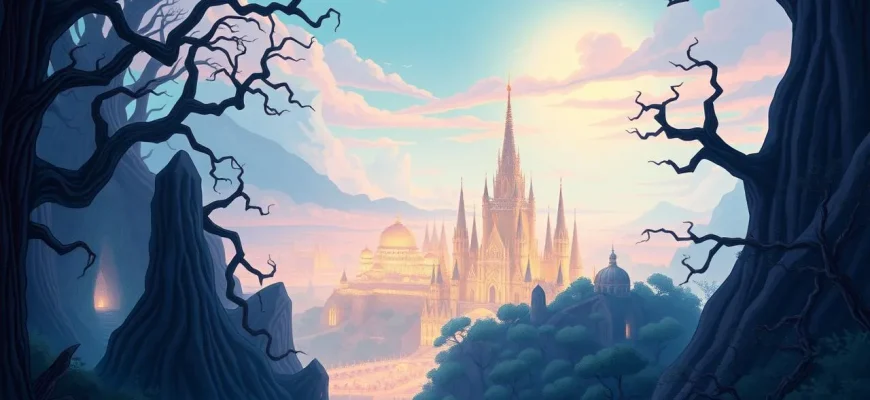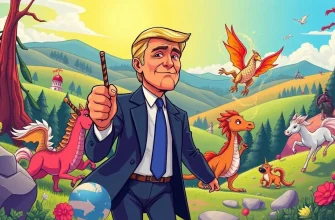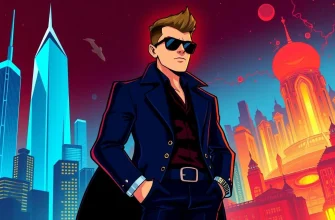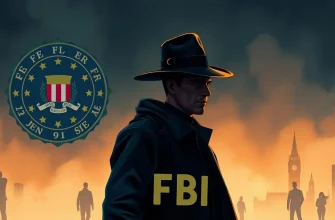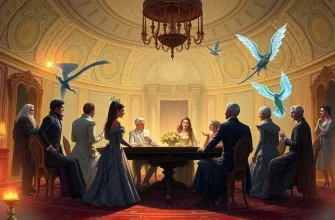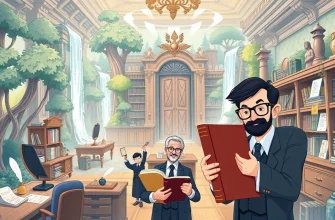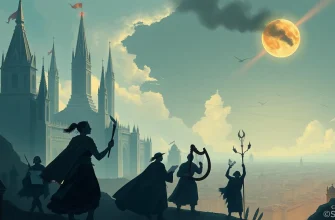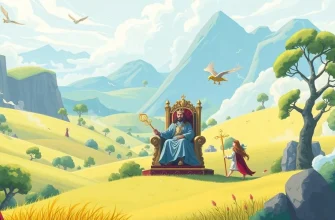Dive into a world where fantasy meets the dark themes of fascism. This curated list of films blends the imaginative realms of fantasy with the chilling realities of authoritarian regimes, offering a unique perspective on power, control, and resistance. These films not only entertain but also provoke thought, making them essential viewing for those interested in exploring complex narratives through a fantastical lens.

A Clockwork Orange (1971)
Description: Stanley Kubrick's adaptation of Anthony Burgess's novel explores themes of free will, violence, and state control, with a dystopian society exhibiting fascist traits.
Fact: The film was so controversial that Kubrick himself requested it be withdrawn from UK cinemas due to copycat violence.
 Watch Now
Watch Now
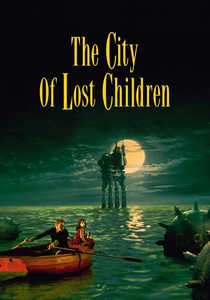
The City of Lost Children (1995)
Description: This surreal French film features a mad scientist with fascist tendencies, stealing children's dreams to extend his own life, highlighting themes of control and exploitation.
Fact: The film was co-directed by Jean-Pierre Jeunet and Marc Caro, known for their visually distinctive style, which heavily influenced the look of the film.
 Watch Now
Watch Now

The Iron Giant (1999)
Description: Set during the Cold War, this animated film subtly critiques the fear and paranoia of fascist-like control over technology and individuality.
Fact: The film was a box office disappointment but has since gained a cult following, with its themes resonating more deeply over time.
 Watch Now
Watch Now
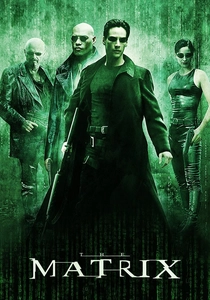
The Matrix (1999)
Description: While more sci-fi, the Matrix's control over humanity by machines can be seen as a metaphor for fascist control, with themes of awakening and resistance.
Fact: The film's "bullet time" effect revolutionized action sequences in cinema, allowing for slow-motion effects while the camera moves around the subject.
 Watch Now
Watch Now

Equilibrium (2002)
Description: In a world where emotions are outlawed, this film showcases a fascist regime's control over human feelings, with a resistance movement fighting back.
Fact: The film's director, Kurt Wimmer, also wrote the screenplay, drawing inspiration from Ray Bradbury's "Fahrenheit 451" and George Orwell's "
 Watch Now
Watch Now
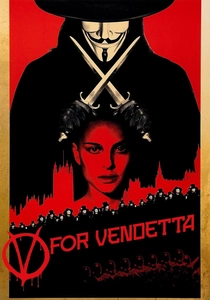
V for Vendetta (2005)
Description: Set in a dystopian future Britain under a fascist regime, this film explores themes of resistance and freedom through the iconic masked vigilante, V.
Fact: The film's Guy Fawkes mask has become a symbol of protest worldwide, inspired by the historical figure's attempt to blow up the Houses of Parliament.
 Watch Now
Watch Now
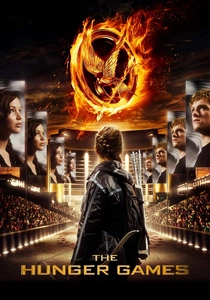
The Hunger Games (2012)
Description: Although primarily dystopian, the Capitol's control over the districts reflects fascist elements, with the games serving as a tool of oppression and control.
Fact: The film series was so popular that it led to a resurgence in archery, particularly among young women, inspired by the protagonist Katniss Everdeen.
 Watch Now
Watch Now

The Dark Crystal (1982)
Description: This film features a world ruled by the tyrannical Skeksis, who embody fascist traits with their oppressive rule over the gentle Gelflings. It's a tale of rebellion against a totalitarian regime.
Fact: The film was directed by Jim Henson and Frank Oz, using advanced puppetry techniques. It was one of the first films to use CGI for matte paintings.
 30 Days Free
30 Days Free
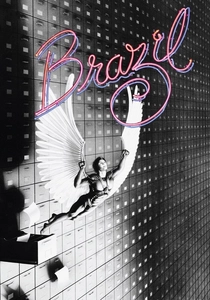
Brazil (1985)
Description: While not strictly fantasy, Brazil's surreal, dystopian setting with its oppressive bureaucracy and fascist undertones fits the theme, exploring the absurdity of totalitarian control.
Fact: The film was inspired by George Orwell's "1984" and Franz Kafka's "The Trial," blending elements of both into a darkly comedic narrative.
 30 Days Free
30 Days Free

The Handmaid's Tale (1990)
Description: This adaptation of Margaret Atwood's novel portrays a theocratic, totalitarian society with strong fascist elements, where women are subjugated for reproductive purposes.
Fact: The film was released before the TV series, and while less well-known, it provides a chilling visual interpretation of the novel's themes.
 30 Days Free
30 Days Free

